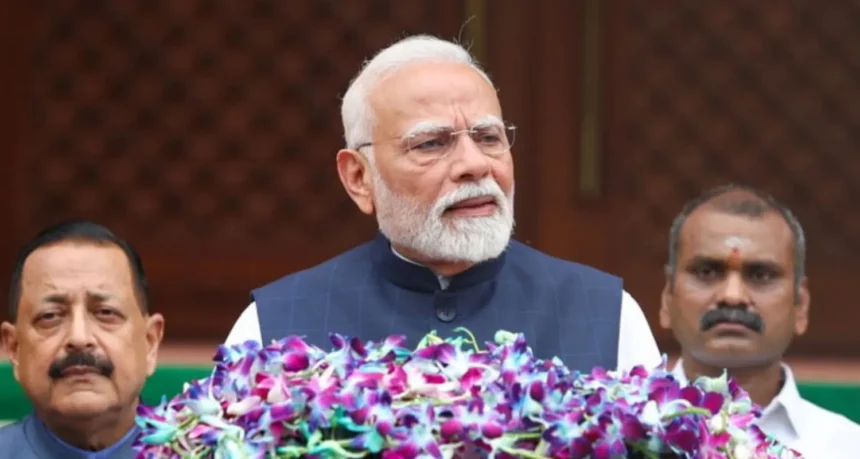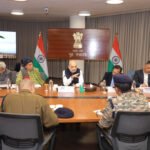Modi, 74, the first Prime Minister born in independent India, was sworn in for a third consecutive term in June last year, after first assuming office on May 26, 2014. The Bharatiya Janata Party (BJP) leader also holds the distinction of being the longest-serving Prime Minister from a non-Congress party.
On July 25, Prime Minister Narendra Modi will complete 4,078 consecutive days in office across three terms, making him the second-longest serving PM in a continuous stretch. “With this milestone, he will surpass Indira Gandhi, who served 4,077 uninterrupted days as Prime Minister from January 24, 1966, to March 24, 1977,” a source familiar with the matter said.
Indira Gandhi also held the office again from January 14, 1980, until her assassination on October 31, 1984. Her father, Jawaharlal Nehru, remains India’s longest-serving Prime Minister, holding office for 16 years and 286 days from August 15, 1947, to May 27, 1964.
Before taking over as Prime Minister, Narendra Modi served as the longest-tenured Chief Minister of Gujarat from 2001 to 2014.
“He is the first and only non-Congress Prime Minister to complete two full terms and be re-elected for a third,” said a person familiar with the development. “He is also the only non-Congress leader to secure a clear majority on his own in a Lok Sabha election.”
In 2014, under Modi’s leadership, the BJP secured a decisive majority with 272 seats, forming the government at the Centre. The party further improved its performance in 2019, winning 303 seats. Though the BJP didn’t cross the halfway mark in 2024, it remained the single largest party and returned to power for a third consecutive term with support from its NDA allies.
“He is the first sitting Prime Minister since Indira Gandhi in 1971 to be re-elected with a majority, and the only one after Jawaharlal Nehru to lead his party to three consecutive general election victories,” the person added.








